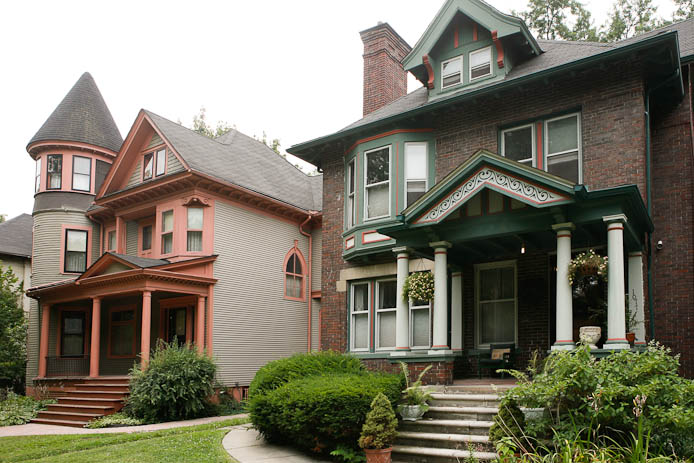June 2, 2017
A Detroit Future City (DFC) Implementation Office Special Report: Vacant Industrial Properties Require Innovative Reuse
Certain areas once appropriate for industrial use should be reassessed and transitioned to land uses more beneficial to Detroit communities.
Detroit has hundreds of vacant industrial sites that are not likely to be returned to industrial use. A DFC Implementation Office assessment indicates that there are almost 900 vacant industrial buildings spread across the city[1].
Many of these buildings abut residential neighborhoods in some of the city’s most disadvantaged areas. Without a strategic approach to repurposing these properties, they will remain fallow for years to come, posing threats to public health and safety, and undermining Detroit’s recovery.
There of course remain traditional opportunities for redevelopment. One example of a recent success was the ground breaking for automotive parts manufacturer Flex-N-Gate’s 350,000-square-foot, $95-million-dollar plant on 30-acres of vacant land on Detroit’s east side. The new facility will generate up to 750 new jobs, 51 percent of which are guaranteed to go to city residents.
Large-scale, industrial development projects like the one being developed by Flex-N-Gate are important to the city’s revitalization, but such shovel-ready projects aren’t ample enough to redevelop large swaths of the city.
That’s why the Detroit Future City Strategic Framework advocates for innovative, adaptive reuse of some of the city’s vacant industrial sites. The goal: to put these properties back into productive use; economic, creative, and ecological reinvention for the benefit of Detroit residents and communities, and the preservation of some of the city’s history.
In the report, the Detroit Future City (DFC) Implementation Office examines the opportunity to transform vacant industrial buildings and sites in the city into viable alternatives, including not only commercial, residential, and recreational uses, but food production, energy generation, and green infrastructure as well. This report also outlines key challenges vacant industrial sites pose for redevelopment and offers up creative solutions.
Click here to read the full report.
